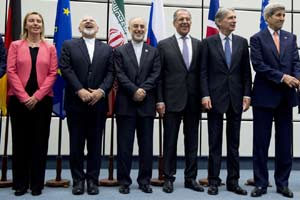While the lifting of sanctions imposed by the US, European Union and United Nations in exchange of curbs on Iran’s nuclear programme will improve international relations, it will allow one of the major global oil producers to increase its exports to the optimum levels.
Reuters quoting analysts said, though it will take Iran many months to start exports at full capacity, incremental oil supply from Iran, which can increase by up to 60% from the current one million barrels per day within a year, will pull down prices further as the global production of 2.5 million barrels per day at present is already above demand.
Clearly, India is set to benefit from this movement in oil prices, especially when Iran has remained the seventh-biggest oil supplier to India in 2014 – the share of overall purchases from the country rose to 7.3% from 5.1% in 2013.
Considering that India has been a strong support system for Iran, even in its sanction days, the country has been second biggest importer of oil after China, it is expected that it will be able to corner a big chunk of the Iranian supply at a lower price. This will further ease the pressure on the government on the oil subsidy front.
The Budget for FY16 has kept a Rs 30,000 crore subsidy bill – Rs 22,000 crore for LPG and Rs 8,000 crore for kerosene — taking an average price of $60 per barrel for the year and the average in the first quarter has been $61.55 per barrel. As the government has decided to bear the full subsidy burden on LPG, the petroleum ministry has asked for Rs 3,800 crore subsidy release in the first quarter (April-June, 2015).
Going by the current oil situation, prices are unlikely to rise substantially above $60 per barrel, the oil subsidy monster will remain on a tight leash for now – a big relief for the NDA government as it stood at Rs 63,000 crore in FY15 and Rs 1.4 lakh crore in FY14.
For Updates Check Economy News; follow us on Facebook and Twitter
